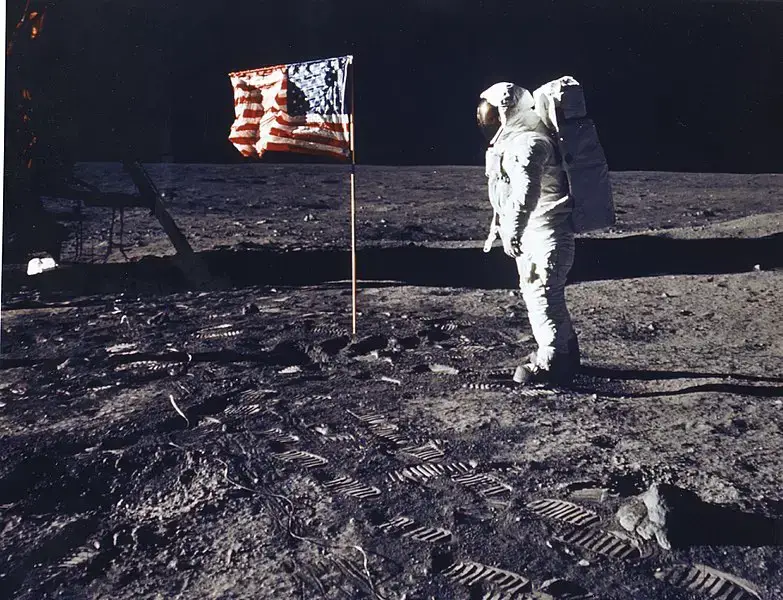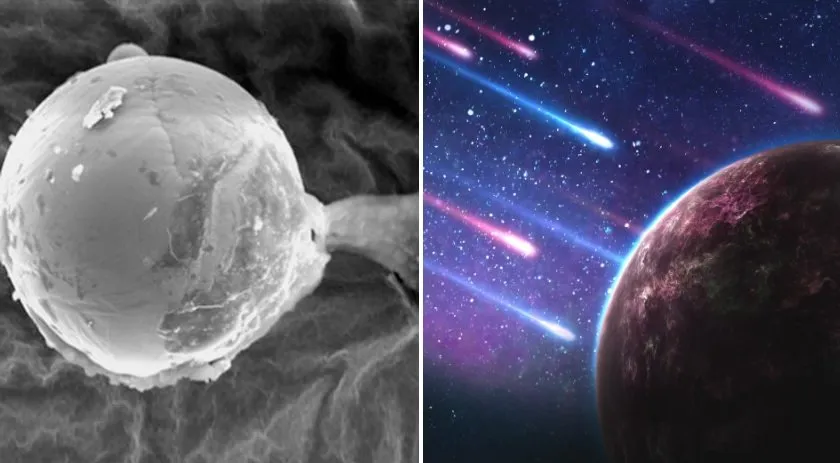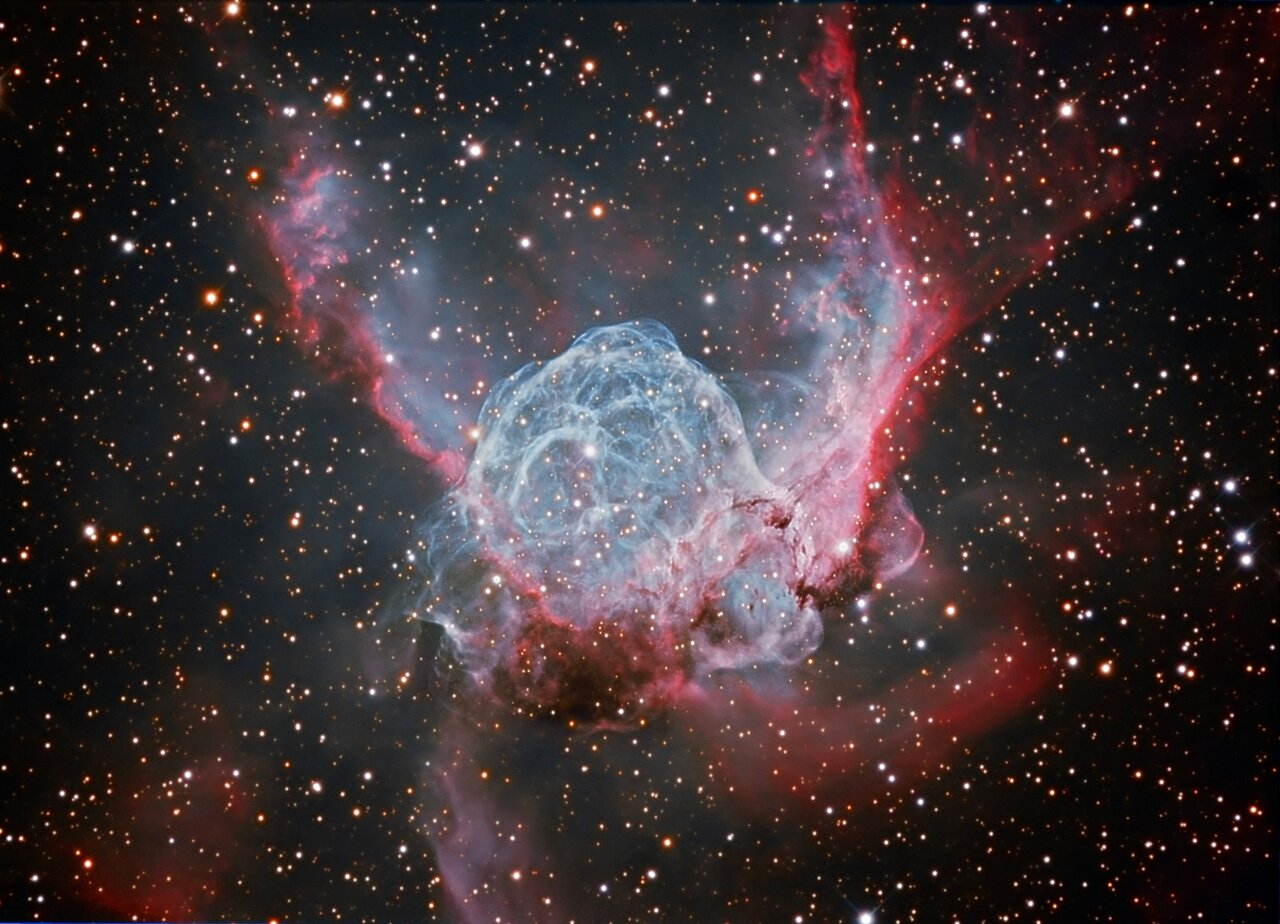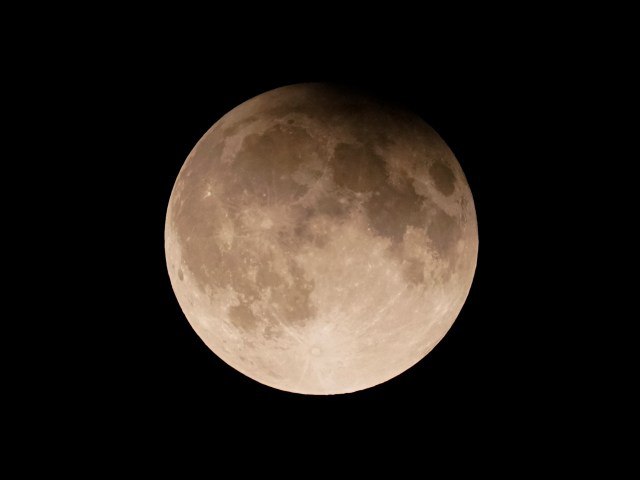Many visionaries who have walked the surface of this planet strongly promoted the idea of humans becoming multi-planetary civilizations and settling in other space worlds. One of these visionaries is the renowned Astrophysicist Stephen Hawking, who once said that humans need to live outside Earth within the next 600 years to survive.
While many people are seriously against the idea of exploring space in the 21st century, several government-owned and commercial space agencies are developing innovative technologies to establish a permanent human presence in other space worlds. Why are we making the move to colonize other space worlds? How will future descendants benefit greatly from today’s innovations? Continue reading to find out.
Why Do We Have To Colonize Other Space Worlds?
Migration from one location to another is naturally part of our lifestyle as human civilization. Our ancestors left Africa to spread across the world thousands of years ago. However, before the first human ancestors walked on the surface of Earth, our home planet was completely unhabitable for life.
After Earth was formed around 4.5 billion years ago, the Earth stayed for millions of years to cool off. Scientists traced the earliest primitive microscopic organism to first appeared on Earth around 3.7 billion years ago. Scientists reveal that the first human ancestors appeared between five million and seven million years ago.
They developed stone tools around 2.5 million years ago and then began to spread from Africa into Asia and Europe around two million years ago. Today, humans have passed through several evolution stages to attain our level our technological advancement. After we commenced with space exploration in the mid-20th century, the world saw the need to extend our migration potential to new space worlds. Scientists have been studying the origin of our home planet for a while now.

Scientists have currently discovered that Earth will not be able to sustain humanity until the end of time. Futurist Michio Kaku once said that despite the fact that mother nature provides a warm and sustaining environment for humankind and other species, it still shows its savagery nature on earthlings through earthquakes, tornadoes, volcanic eruptions, and other devastating disasters.
In fact, 99.9 percent of all living species go extinct as the universe has made extinction a norm for every species. While natural disasters can doom Earth from within, the laws of physics guiding the universe place Earth in the center of a shooting gallery of asteroids comets, and meteors. Hence, humanity surely needs to colonize other space worlds to survive.
How Space Agencies Are Moving To Colonize Other Space Worlds
Michio Kaku once said that if the dinosaurs had a space program, they could have survived the devastating impact of the asteroid that sent them into extinction. Hence, since we have a space program, our chances of surviving asteroid impact, solar wind, and other devastating occurrences that could send our civilization into extinction still exist. Colonization of other planets requires a lot of effort and resources for any agency attempting such a feat.
Both government and private agencies are making efforts to ensure that we establish a permanent human presence on the moon and Mars before 2050. In fact, NASA is already working toward landing humans on the moon during its Artemis 3 mission in 2025. This historic return to the moon will establish a permanent human presence on the lunar surface.
NASA is currently collaborating with many government and private agencies to develop technologies that will enable it to achieve a permanent human presence on the moon. Some of these technologies include the Starship lunar lander by SpaceX, the EVA spacesuit by AxiomSpace, the Lunar Gateway space station, and others.
These innovative space technologies will enable the agency to establish a permanent human presence on the moon before the end of this decade. After that, Mars will become the next ambition of the agency. Elon Musk, the founder of SpaceX also ambitioned sending humans to Mars aboard his starship to start a colony on the red planet. Musk’s company, SpaceX has recorded a huge success with the development of Starship.
In fact, the company has already achieved its first test flight which ended in a disaster. The future progress made in the development of starships will determine when the most powerful space vehicle of our time will take humans to the moon before proceeding to Mars.
How Our Descendants Will Become Grateful For Today’s Innovations
Since Earth will not remain habitable for our kind forever, humanity surely needs to find another planet to call home. Among all the planets in the solar system, Mars is the best Earth-like destination for humankind because of its thin atmosphere, polar ice caps, seasons, and evidence of water channels just like those on our planet. However, because of its inhospitable surface, space agencies are currently developing technologies to sustain humankind on the red planet.
These technologies include habitats, 3D printers, crewed rovers, MOXIE, Martian helicopters, and many others. Most agencies are hoping to put humans on the surface of Mars before 2050. If we ever attain such a milestone, it implies that our descendants will only focus more on advancing technologies to improve the standard of life outside Earth. Hence, the effort that we are making today will definitely make things much easier for our descendants 100 years from now.
While some people criticize the efforts made by space agencies to colonize other space worlds today, our descendants will surely appreciate the role we play today hundreds or thousands of years from now when humanity must have become an advanced space-faring species.
Conclusion
Colonization of other space worlds has remained the primary object of many space agencies. Based on the foundation laid today, our descendants will surely thrive from it to become an advanced civilization. Check out these futuristic space gifts for your loved ones.





